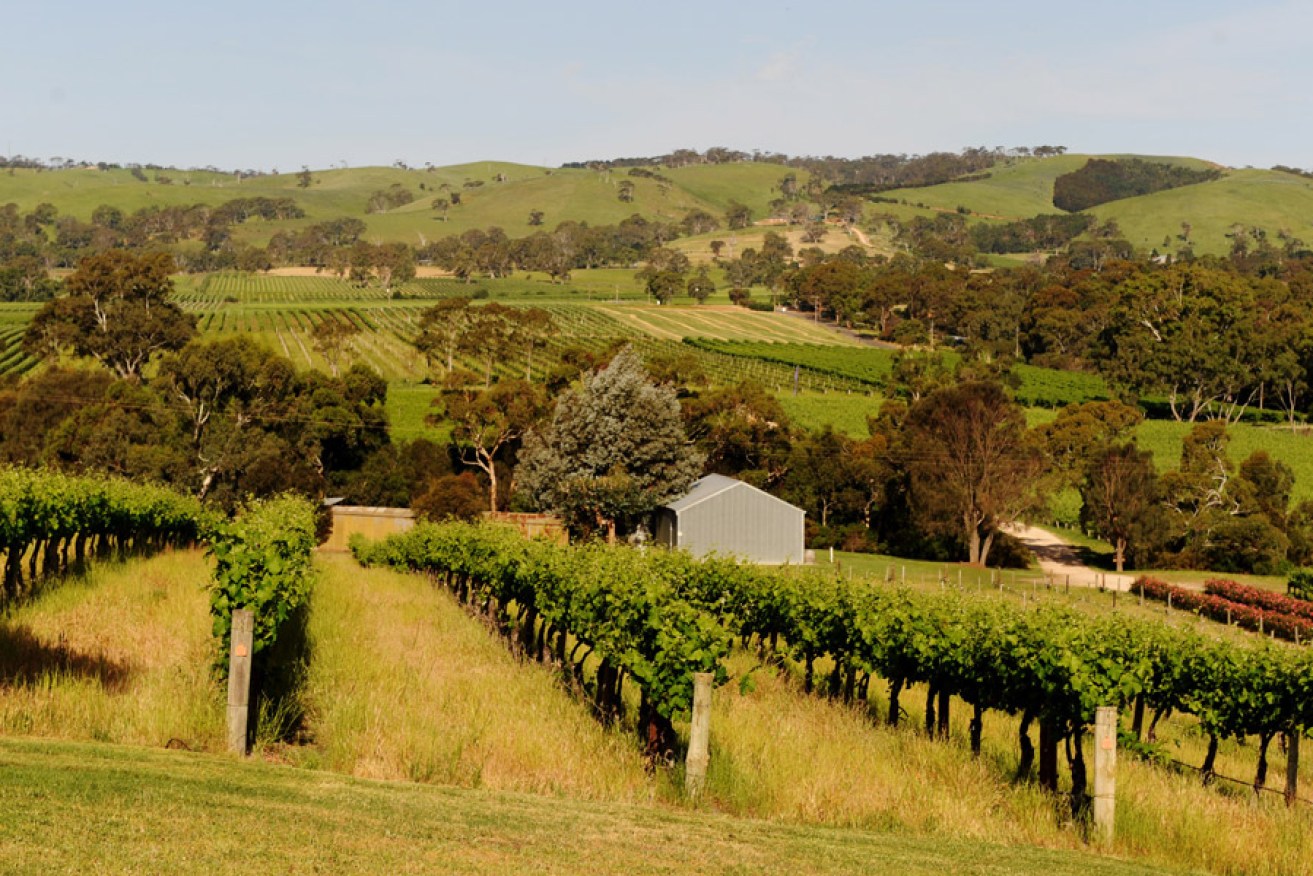Funding cut ‘will hurt wineries vital to tourism’
The stripping of up to $900,000 in support for the South Australian wine industry will hurt the wineries vital to regional tourism, says the SA Wine Industry Association.

The State Government announced today that it will introduce a new wine industry development scheme worth $1.8 million a year to replace the “antiquated and inequitable” Cellar Door Liquor Subsidy Scheme (CDLSS).
It said the new scheme would help wine businesses of varying sizes, and deliver a “more broad-based, strategic and flexible approach to industry development”.
However, SA Wine Industry Association chief executive Brian Smedley said the cellar door scheme had returned around $2.7 million a year to eligible businesses.
“We’ve been waiting for a decision on the CDLSS for 10 months, and now that we’ve got it we’re trying to work out the thinking,” he said.
“This will hurt the wineries that are vital to tourism in many regional areas and central to the development of the wine and food offering that is one of the Government’s strategic priorities.”
Smedley told InDaily that around 70 medium and large wineries received the current subsidy, with eligibility determined by the amount of cellar-door and mail-order wine sales. Some may lose $50,000 a year.
“It basically goes to those cellar doors that are well-developed and good to visit … they are employing people in the region.”
However, the State Government said fewer than 10 per cent of South Australia’s estimated 711 wine producers were able to claim the current subsidy, which benefited mostly larger wineries.
Agriculture, Food and Fisheries Minister Leon Bignell said the CDLSS catered for fewer than 50 wine producers, many of them owned by multi-nationals that accessed the subsidy multiple times.
“It was a totally unfair system that ignored almost 90 per cent of the wine industry … we’ve replaced it with something we think is much more fit for purpose.”
Speaking to InDaily from Langhorne Creek, which he offered as an example of a wine region that would benefit from the new scheme, Minister Bignell said he believed around $2.5 million was allocated through the CDLSS last year.
Asked why that same amount wasn’t being allocated to the new scheme, he said there had been an argument to get rid of the support altogether.
“It’s better to have $1.8 million in the hand than $2.5 million in the bush …
“I know plenty of people in the wine industry that are very grateful for these changes we are implementing.
“We actually pumped $8.5 million into the wine industry last year – we realise how important it is to South Australia.”
Primary Industries and Regions SA (PIRSA) led a consultation process last year on the plans to abolish the CDLSS, and Smedley said many of the wine producers taking part said they used the subsidy to provide tourism experiences, to renovate or upgrade their cellar doors, and to employ staff so they could open seven days a week.
The Government says priorities for the new scheme – to be established through a consultation process with industry – might include infrastructure improvements to help wineries increase their capacity, innovative winemaking approaches, new cellar-door facilities, and targeted promotional events.
Smedley questioned how the application process for funding under the new scheme would be managed, saying key concerns would include the need for transparency and accountability.
“We understand that it is the Government’s plan to establish a collaborative group to advise PIRSA, yet the scheme is due to commence on July 1, 2016.
“There isn’t much time and we are all rather in the dark about how and when any benefits will begin to flow.”
He added that loss of the cellar door subsidy would be a double-whammy for wineries also affected by the lowering of the threshold for the Wine Equalisation Tax Rebate announced in the federal budget last week.




